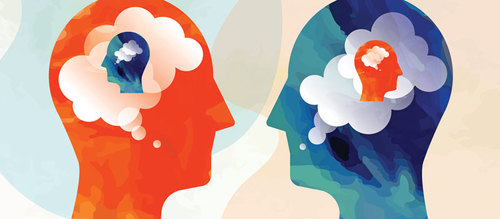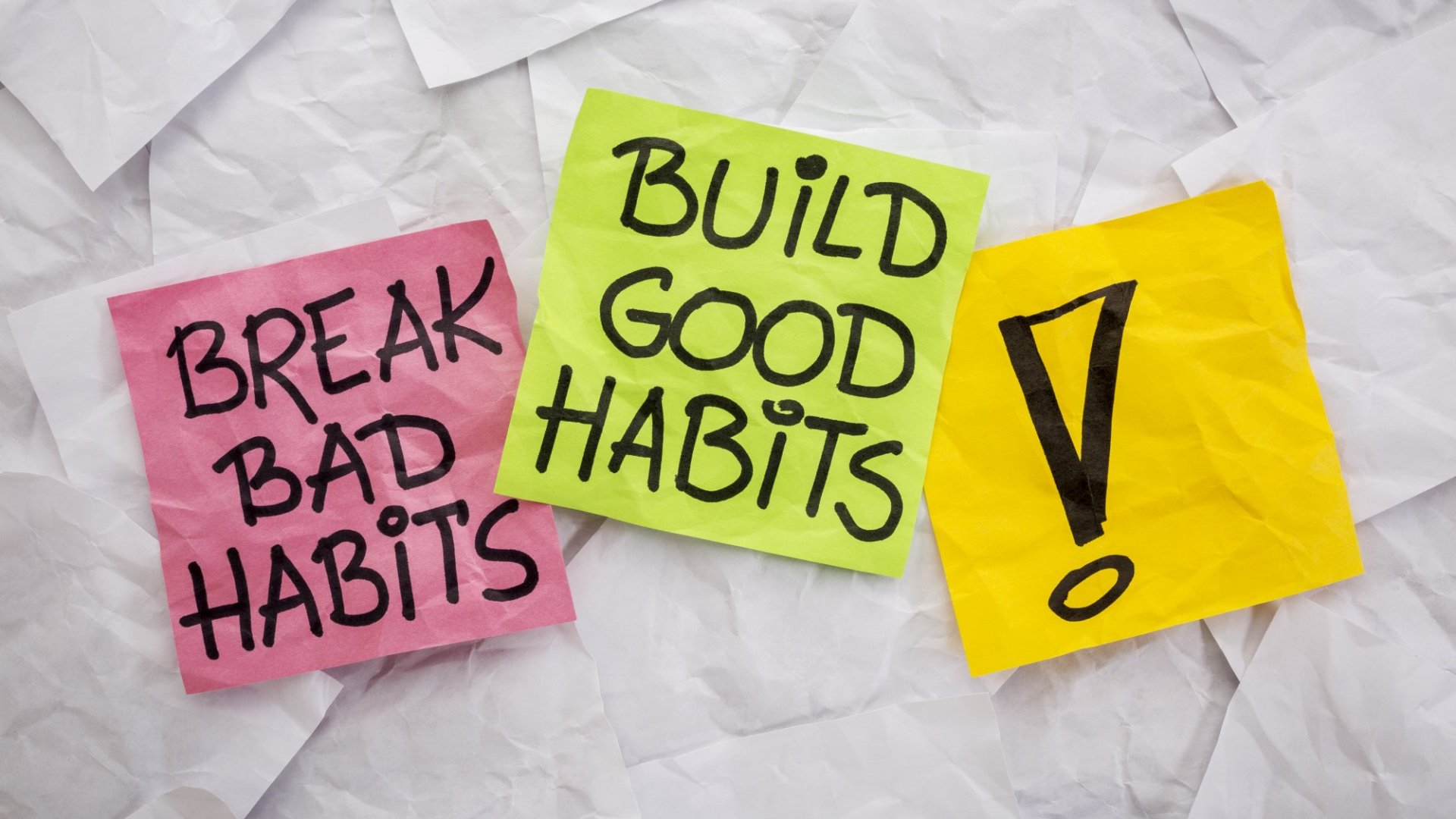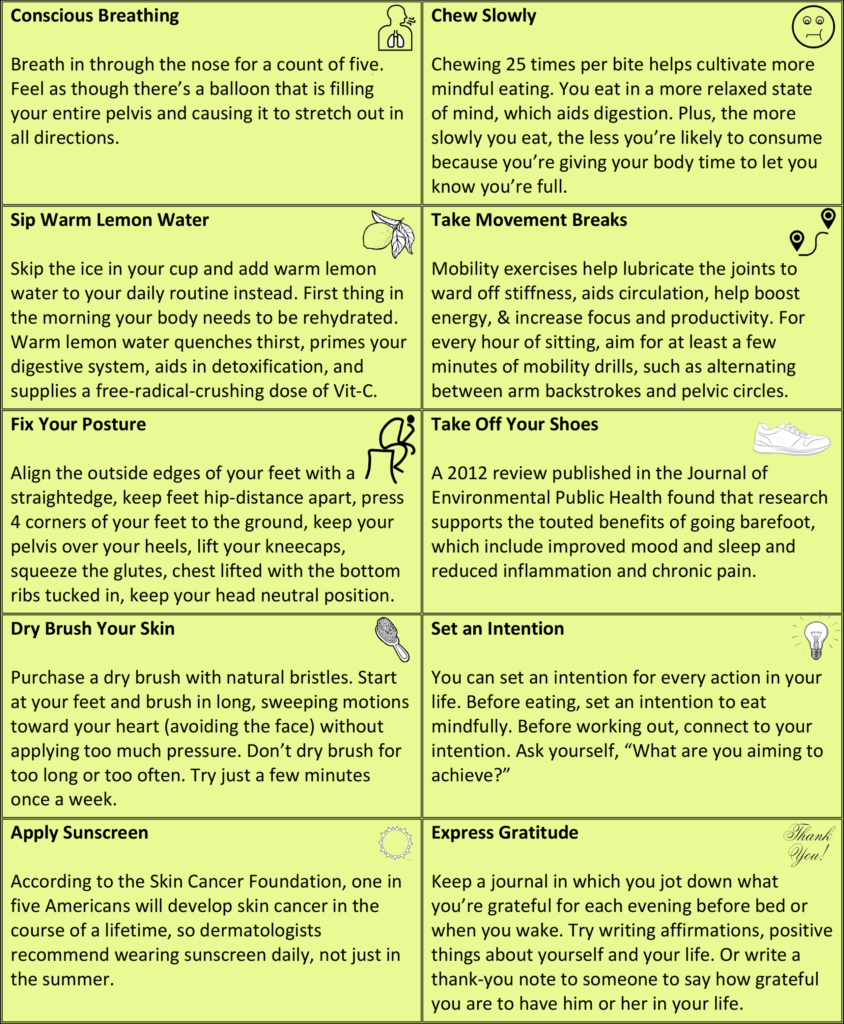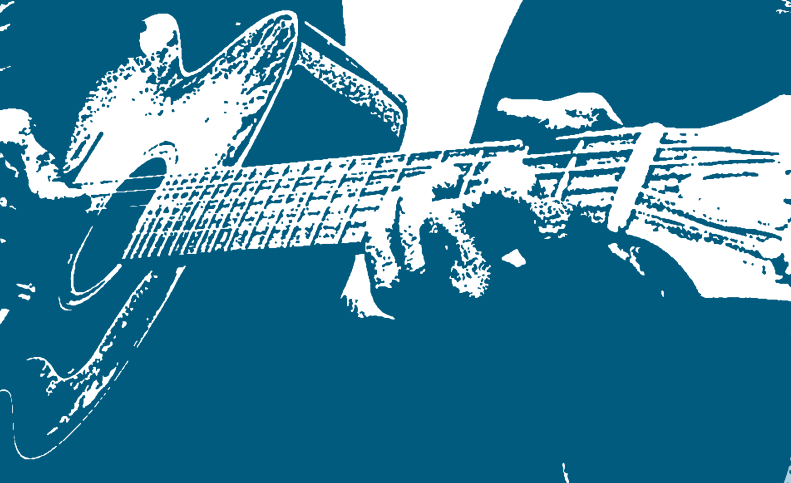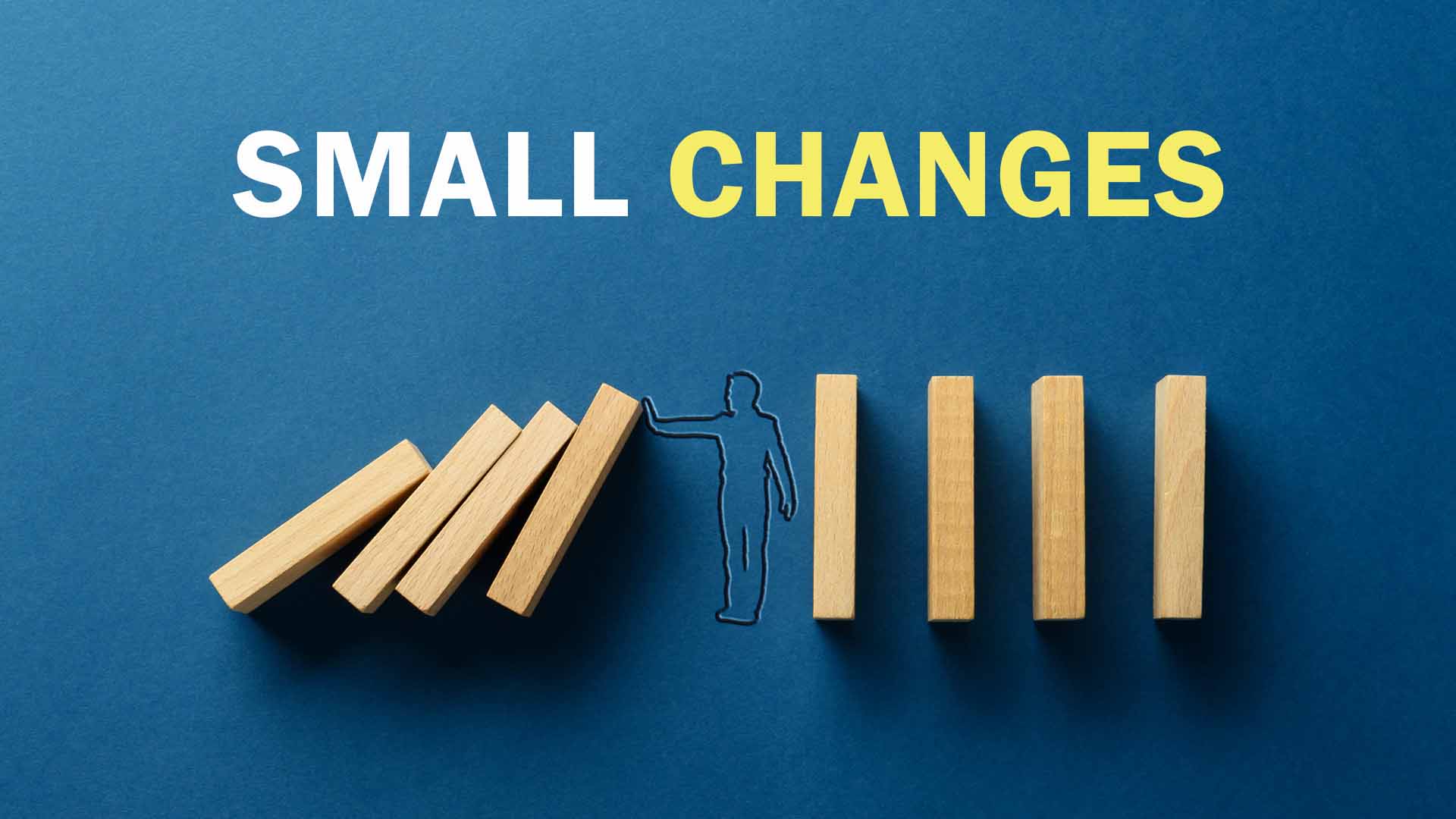COVID has been here long enough that many people have lost count of what wave of infections we are on, or even when to start and stop counting one from the next. As the current delta-driven wave surges so, too, have many of the emotions of earlier waves resurfaced. In particular this time around we are seeing a fair amount of anger between two camps of people, the vaccinated and the unvaccinated. While anger is a natural and valid emotion, in times like these it is often worth reflecting when and why the anger is coming to the foreground, and how we can put to use the energy it is producing. One means by which we can accomplish this is through the building of empathy. Today, we are offer a few guidelines to help increase our empathy for others with whom we disagree, and toward ourselves to assure we are always responding in a way that is consistent with our core values:
- Remind ourselves that much of what divides us is a sign of shared trauma. Trauma in what we have lost in the last 18 months; for the vaccinated, trauma over now potentially losing all the gains that were made through vaccination efforts; for the un-vaccinated trauma over feeling pressured to accept a vaccine that their anxiety tells them may harm them, and that anxiety being compounded by others, often times those whom they love, shaming them and causing them to feel guilt.
- Remember our shared humanity. We are all doing the best we can, and all working from the best information we have, even though sometimes that information may be incorrect or internally conflicting. Try to approach those with whom you disagree with genuine curiosity, and a desire to truly understand their choices rather than having your primary priority be changing their mind.
- Practice the art of noticing. Get comfortable noticing when an emotion comes up, and notice all the subtle changes in your emotions throughout the day. Each emotion usually comes with an impulse to rally our resources and respond. Before you respond, though, ask yourself if your action is being taken in the name of your values and long term goals, or if you are going to do something for the sake of ridding you of an emotion you no longer want to sit with.
- Connect. One sure fire way to manage any emotion is to connect with the present moment. Reach out to someone and check up on them, or reach out to your trusted source for your own check-in. We can often counteract the corrosion by promoting connection, not exacerbating the disconnection. Engage in a valued activity, or go get exercise to burn some of that energy. Have a snack.
Remember, anger is a natural emotion, and these days many of us feel it is well justified. But using that anger to make others feel bad will never lead to change. Reconnect with our own values, and finding new ways to connect with those with whom we disagree with may offer a path forward.

